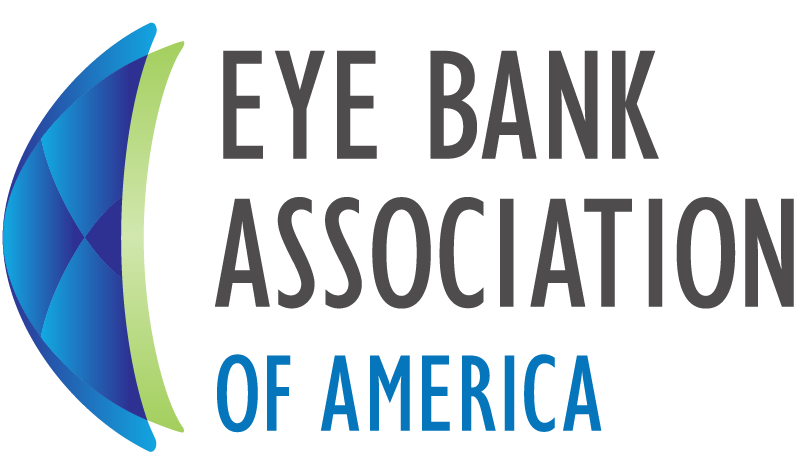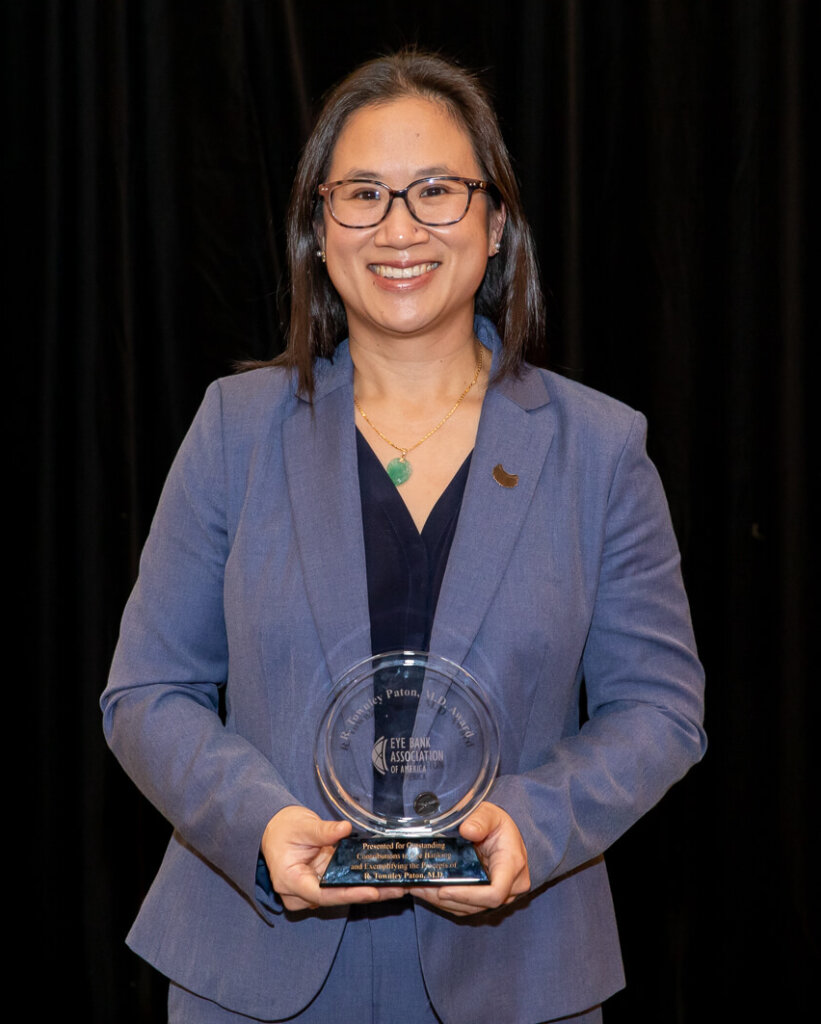
March is Women’s History Month, a celebration of women’s achievements in American history. This month and all year round, EBAA honors women in eye banking – not just those in the past, but women committed to the restoration of sight today, and to the future of eye banking.
Women’s History Month Spotlight
Aida Breckinridge
First Executive Director of The Eye-Bank for Sight Restoration, and eye banking trailblazer

A woman of many roles, Aida Breckinridge is best known as the first Executive Director of the nation’s first eye bank, The Eye-Bank for Sight Restoration in New York City.
Working in conjunction with the “Father of Modern Eye Banking”, Dr. R. Townley Paton, her revolutionary efforts beginning in 1944 were the seed that has grown into more than 2 million sight restoring corneal transplants today.
Born Aida de Acosta in 1884, Breckinridge became an advocate for the gift of sight after developing glaucoma. Treated by famed ophthalmologist William H. Wilmer, her sight was saved and she was inspired to help others preserve their vision. Known as a “PR powerhouse,” she tapped into her vast network of contacts, organizing a fundraising campaign which raised $3 million (roughly $53 million today!) by 1925. This money funded The Wilmer Ophthalmological Institute at Johns Hopkins University, a teaching and research center, and the first eye institute in the country.
Following these successful efforts for Wilmer, Aida was approached by Dr. Paton – one of Wilmer’s former students, who discussed with her the founding of an eye bank. Together they established a facility for eye donations, with Breckinridge heading up fundraising, education, and organizational efforts. The Eye-Bank for Sight Restoration was incorporated in 1945, headquartered at the Manhattan Eye, Ear, and Throat Hospital.
Breckinridge enlisted the support of influential people and obtained The Eye-Bank’s start up funding from the Milbank Foundation. Their original Council included Albert Milbank, Thomas Watson (founder of IBM), Senator Harry F. Byrd, and former President Herbert Hoover. Five former First Ladies also joined, including Eleanor Roosevelt.

Amongst her many contributions in laying the groundwork for eye banking, she tackled the difficulties securing and transporting donated corneas for transplant by gaining publicity for eye donation, putting into use eye-donor pledge forms, and enlisting airlines as well as the American Red Cross to transport tissue for transplanting tissue.
Understanding the “power of the press”, Breckinridge created the first educational brochure on eye donation for the public with the help of the J. Walter Thompson Advertising Agency, titled, “A Gift Like the Gifts of God.” Other notable press mentions were emotional stories of patients receiving the gift of sight and explaining cornea transplantation in layman’s terms; these were featured in The New York Times Magazine and Reader’s Digest. The Reader’s Digest article was later carried in the seat pockets of every Eastern Airlines flight.
Breckinridge led The Eye-Bank for ten years, retiring in 1955. She died in 1962, leaving a legacy of countless lives transformed by the gift of sight, owed in many ways to her successful efforts in helping to fund, organize, and establish eye banking as we know it today.
Women at EBAA Today
Right now is a significant time for women at EBAA:
- This Board cycle is the first time in which the EBAA Board of Directors is majority female. The current EBAA Chair, Jennifer Li, MD; Immediate Past Chair, Noel Mick; Speaker of the House, Shannon Schweitzer, CEBT; and Secretary/Treasurer, Elizabeth Fout are all women.
- 65% of EBAA committee chairs are women.
- 48% of EBAA-Member eye bank Executive Directors are female.
- The EBAA staff, with the exception of President & CEO, Kevin Corcoran, is female.
EBAA Women’s History Resources
EBAA has resources to learn more about women in eye banking, ophthalmology, corneal transplantation, and the association itself.






